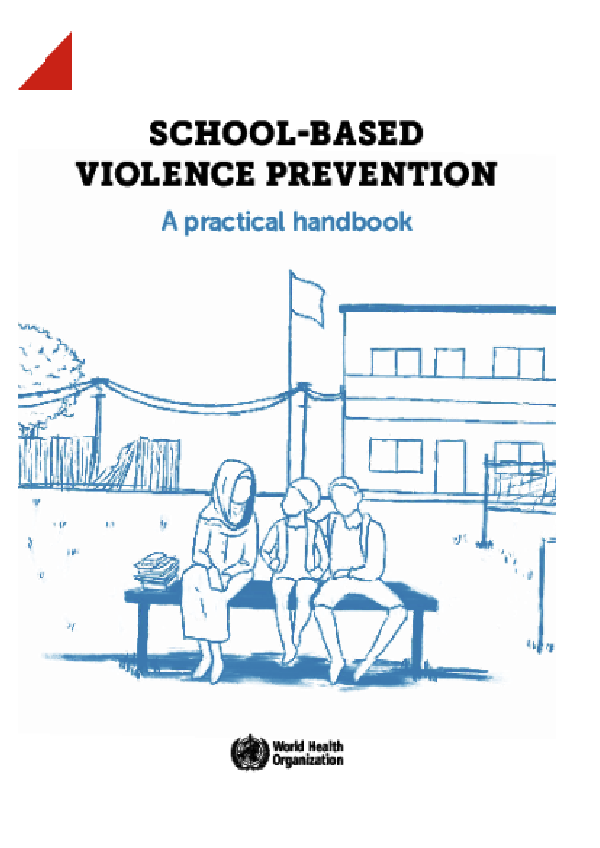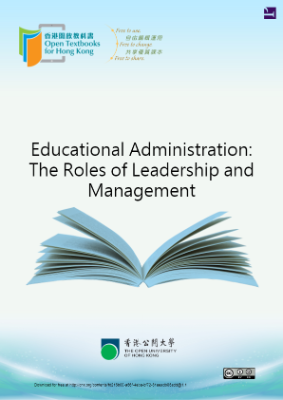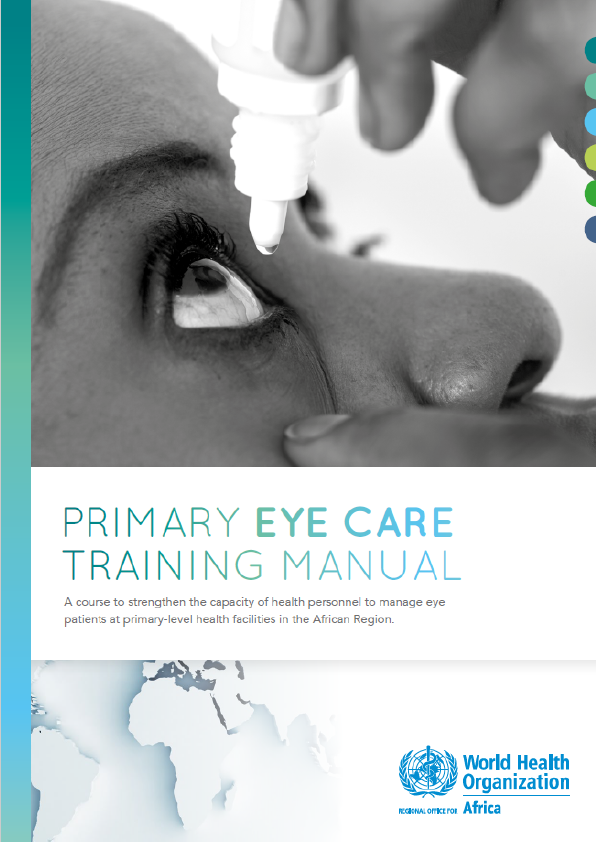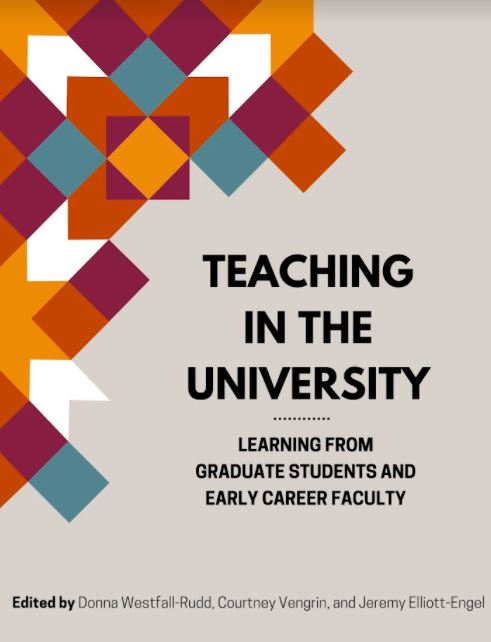Each year up to 1 billion children experience some form of physical, sexual or psychological violence or neglect. Being a victim of violence in childhood has lifelong impacts on education, health, and well-being. Exposure to violence can lead to educational underachievement due to cognitive, emotional, and social problems. Because children who are exposed to violence are more likely to smoke, misuse alcohol and drugs, and engage in high-risk sexual behaviour, they are also more likely to endure a range of illnesses later in life. These include depression, cardiovascular disease, diabetes, cancer and HIV.
Given this reality, preventing violence against children is squarely on the international development agenda. Sustainable Development Goal (SDG) target 5.1 calls for the elimination of all forms of violence against girls, and SDG target 16.2 calls for ending all forms of violence against children. Access to education is equally prominent within the SDGs, with SDG target 4.a to build and upgrade education facilities that provide safe, non-violent learning environments for all.
Many efforts are underway that would help to achieve these goals. These activities take place in various settings. Schools have been identified as one important setting for conducting violence prevention efforts. Therefore, in early 2019, with support from several of its affiliated organizations, the Global Partnership to End Violence against Children launched the “Safe to Learn” initiative focused specifically on ending violence against children in schools. The activities promoted as part of this initiative complement current work countries are doing to implement the evidence-based technical package INSPIRE: seven strategies for ending violence against children. Enhancing access to education and providing life skills training through schools form one of the seven strategies.
In schools, the provision of education and organized activities are themselves powerful protection against violence. In addition, it is in these settings that opportunities arise to shape attitudes and norms about the acceptability of violence, alcohol and drug use, the carrying of weapons onto school grounds and other risks. In turn, preventing violence in the broader society can directly benefit the core aim of schools to educate children, foster high-quality lifelong learning, and empower leaners to be responsible global citizens.
This new resource: School-based violence prevention: a practical handbook, is about schools, education and violence prevention. It provides guidance for school officials and education authorities on how schools can embed violence prevention within their routine activities and across the points of interaction schools provide with children, parents and other community members. If implemented, the handbook will contribute much to helping achieve the SDGs and other global health and development goals.
Reflecting the importance of school-based violence prevention, this handbook was produced by WHO, in collaboration with UNESCO and UNICEF. We invite you to join us in acting to increase the number and effectiveness of school-based violence prevention activities to ensure the safety, well-being and happiness of children and their parents and caregivers everywhere.










